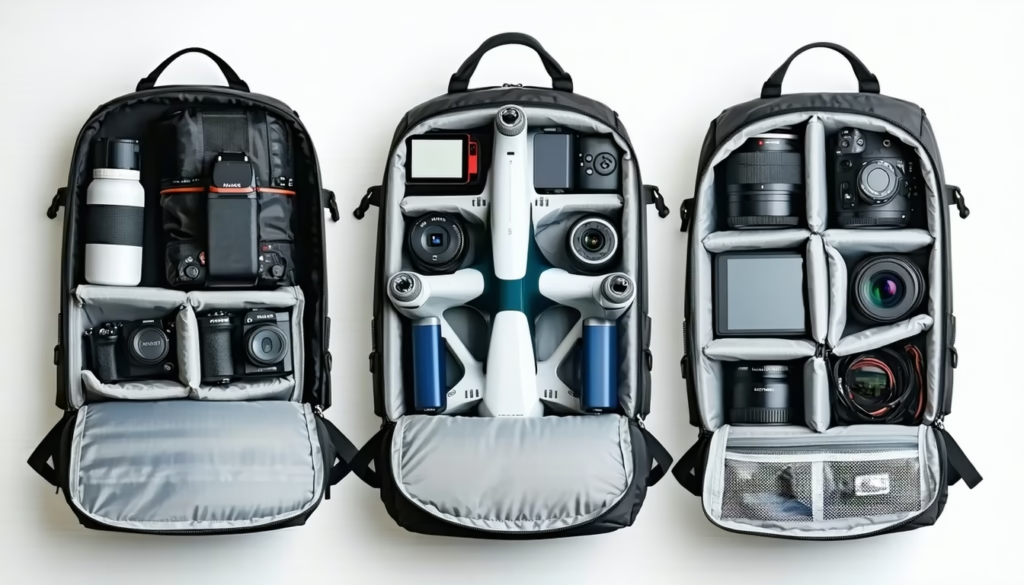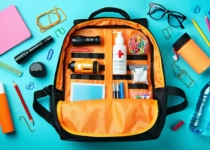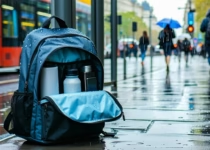Tips For Packing A Drone And Camera Together Safely

You’ve been dreaming of that perfect shot, but now you’ve got your drone and camera to pack in the same bag. It can feel daunting—will your props scratch your lens, or your batteries rattle loose mid-hike?
These tips for packing a drone and camera together safely will help you organize gear, protect delicate parts, and keep weight balanced so you focus on shooting instead of worrying.
In the sections below, you’ll learn how to pick the right backpack, prep every piece of equipment, set up compartments, and seal out moisture. Let’s dive in and get your gear flight- and trail-ready.
Select the Right Backpack
Choosing a bag designed for both drones and cameras sets you up for stress-free packing. Look for capacity, padding, and ease of access so you’re not wrestling with gear on the go.
| Feature | Why It Matters | What To Look For |
|---|---|---|
| Padded Dividers | Keeps gear from shifting | Removable, adjustable inserts |
| Dedicated Compartments | Speeds up access | Separate pockets for drone and camera |
| Weather Resistance | Shields gear from rain and dust | Water-repellent shell or rain cover port |
| Comfort & Support | Reduces strain on shoulders and back | Wide straps, sternum clip, padded back |
If you want a pack built specifically for both copters and DSLRs, check out best camera backpacks for drone and dslr combo. You’ll find models with quick-access doors, customizable layouts, and integrated rain covers.
Prepare Your Gear
Before anything goes in the bag, give your drone and camera a once-over. A little prep goes a long way toward preventing damage.
Clean And Inspect Equipment
- Wipe down the drone arms and camera body to remove grit
- Check screws, gimbals, and mounts for looseness
- Detach propellers and lens attachments for safer packing
Pack Batteries Safely
- Store spare batteries in a hard case or insulated pouch
- Keep terminals from touching metal by using protective covers
- Always carry lithium batteries onboard if you’re flying or driving
Organize Internal Layout
A well-planned layout keeps components snug and accessible. You’ll grab what you need in seconds instead of rummaging through jumbled gear.
Use Adjustable Dividers
- Create a snug slot for your drone’s body and camera’s grip
- Leave just enough room for prop guards or lens caps
- Swap in extra dividers for batteries, filters, or cables
For tips on tweaking your bag’s interior, see how to customize a camera backpack with inserts.
Position Core Gear First
- Place the heaviest item (usually the camera) closest to your back
- Lay the drone flat above or below the camera compartment
- Reserve side pockets or top pouches for chargers and remotes
Need more layout ideas? Browse the best camera backpack layouts for fast access.
Protect Fragile Components
Even the best packing can’t stop an unexpected jolt if you don’t add extra padding and secure loose parts.
Add Extra Padding
- Slip a foam block between drone arms and camera lens
- Use padded lens pouches or soft wraps around bottles and filters
- Cushion gimbals with microfiber cloths or bubble wrap
For more on shielding expensive gear, check how to protect your dslr gear in a backpack.
Secure Loose Parts
- Store propellers in a rigid prop guard case
- Tuck lens caps, memory cards, and batteries into small zip pouches
- Label each pouch so you’re not digging through every pocket
Don’t miss our guide to the safest way to store memory cards in a backpack.
Balance Weight Evenly
Nothing ruins a day of shooting like shoulder pain. Spread out weight so you stay comfortable on long hikes.
Pack Near Your Spine
- Keep heavy items against the back panel
- Lighter gear and accessories go toward the bag’s front
- This alignment prevents the pack from pulling you backward
Adjust Straps And Belts
- Tighten shoulder straps, but leave room to breathe
- Buckle and snug the sternum strap to reduce sway
- Use the hip belt if your bag has one to shift weight off shoulders
If you often trek with heavy loads, see how to prevent back pain when carrying camera gear.
Seal Against Moisture
Rain, snow, or dust can spell disaster for electronics. Keep every crevice closed and dry.
Use Rain Covers
- Deploy the built-in cover at the first sign of drizzle
- Carry a lightweight, foldable rain shell if your pack lacks one
- Test the cover at home so you’re not fumbling in the field
Add Desiccant Packs
- Tuck silica gel or moisture absorbers into interior pockets
- Replace packs every few months to maintain dryness
- This simple step helps prevent corrosion and mildew
For more on weather-proofing, check out weatherproofing tips for your camera backpack.
Pack Essential Extras
Small items can save your shoot when things go sideways. Keep them organized and within reach.
Organize Cables And Cords
- Coil USB cables and secure them with Velcro ties
- Stash extra propeller cables in labeled zip bags
Store Small Tools
- Carry a multi-tool or precision screwdriver set
- Include spare screws, rubber feet, and propeller clips
Bring Cleaning Supplies
- Pack a lens cloth, blower, and sensor swabs
- Keep wipes handy for quick sensor or lens dust removal
For scratch-free lenses, visit tips for keeping lenses scratch-free inside a backpack and learn how to clean and maintain a camera backpack.
FAQs
How much padding does my bag need?
Aim for at least one inch of foam between each item. More cushioning keeps props and lenses from colliding.
Can I keep propellers attached when packing?
It depends on your bag’s shape. If they fit snugly without bending, leave them on. Otherwise remove and store them in a guard case.
Are spare batteries allowed in checked luggage?
Most airlines require you to carry lithium batteries in your carry-on. Always check your carrier’s rules before flying.
Should I pack my tripod inside the backpack?
If it fits without stressing the zippers, slip it into side straps or a dedicated tripod sleeve. Otherwise strap it externally.
How do I know if my drone fits my bag?
Measure your drone’s folded dimensions and compare them to the bag’s compartment size. Always allow a little extra room for padding.
What should I do right before heading out?
Do a final gear checklist, confirm battery charge levels, and zip up every pocket. A quick last-minute glance can save a forgotten memory card.
Conclusion
Packing both your drone and camera together safely takes some planning but pays off in hassle-free shoots. With the right backpack, smart layout, padding, and moisture protection, your gear stays secure no matter where you go.
Now you’re ready to load up, hit record, and capture epic footage. Got a favorite packing hack? Share it below so we can all learn.


